Activities
The Bulgaian Black Sea coast has not only stunning beaches but also a rich heritage. For out of season visiotors or those who want a break from basking in the sun here are a few suggestions for a day or half day's out.
Nessebar
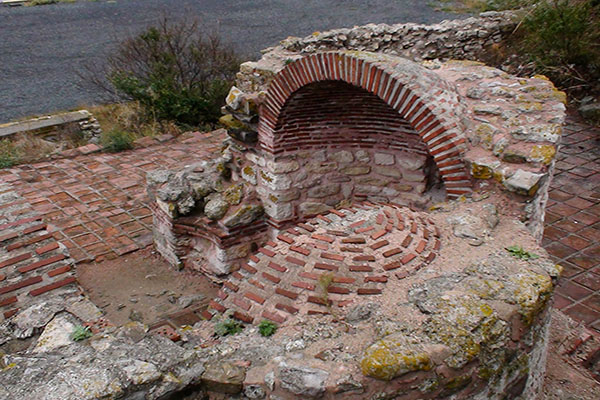
Ruins of Basiica of Holy Mother Eleusa, Nessebar
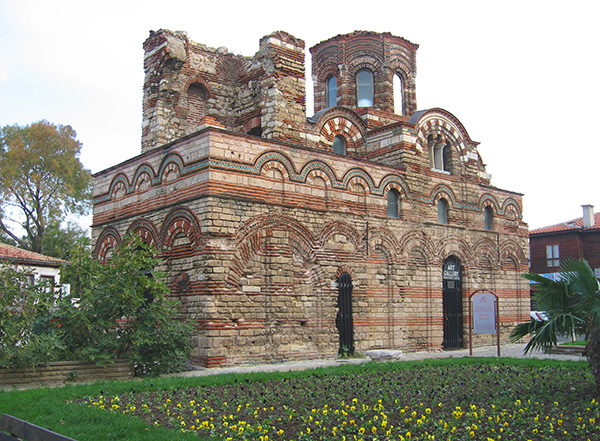
Stara Mitropolia Basilica, Nessebar
Nessebar is situated about 25 kms north of Bourgas airport - about a 1.5 hour drive from the Villa. Know as 'The Pearl of the Black Sea' Nessebar has become a popular tourist resort and well worth a visit. Cobbled streets and timbered houses and churches are the finest in the area.
The Nessebar peninsula was first settled at the end of the Bronze Age. The ancient Thracians use to call it Messambria, which meant the town of Melsa, the legendary founder of the settlement.
In the late 6th century BC, the first Greek colonists arrived – Doric (north western Greek) in origin. The town gradually grew; temples, a gymnasium and a theatre were built. Messambria began to mint its own coins around the year 440 BC. It reached its peak in 3th – 2nd century BC, thanks to large trade connections and flourishing artistic crafts and a rich spiritual and cultural life. In 72 BC town was captured without any resistance by the Roman armies. It became part of the Roman Empire in early 1st century AD. Messambria continued to mint its own bronze coins and remained an important commercial and cultural centre along the Black Sea coast of Roman Thrace.
The town first became part of the Bulgarian state in 812, when Khan Kroum stormed and conquered it, and Slavs and the Bulgarians settled here. Nessebar as Slavs called it remained in Bulgarian hands for a longer period of time during the reign of Tsar Simeon The Great. After almost 40 years of Byzantine domination, Nessebar was again incorporated into the Bulgarian state in 1304 by Tsar Todor Svetoslav. The town underwent a great boom during the reign of Tsar Ivan Alexander. In 1366 the town was captured by the knights of Count Amedeo di Savoya, and later ceded to the Byzantine emperor. The town was first invaded by the Ottoman Turks in 1396. It finally became a part of the Ottoman Empire together with the capital Constantinopol in 1453.
Over the centuries of Ottoman domination, the economic and cultural life did not cease. Churches were built and decorated, icons painted. The port of Nessebar continued to be a major import and export centre on the Black Sea coast. Some of the Nessebar monasteries and scriptoria were active until 18th – 19th century. Many houses from Bulgarian Renaissance period are preserved in Nessebar – typical examples of the Black Sea architecture, some of the many windmills, which worked in the town, public baths and fountains. Its abundance of historic buildings prompted UNESCO to include Nesebar in its list of World Heritage sites in 1983.
Bourgas
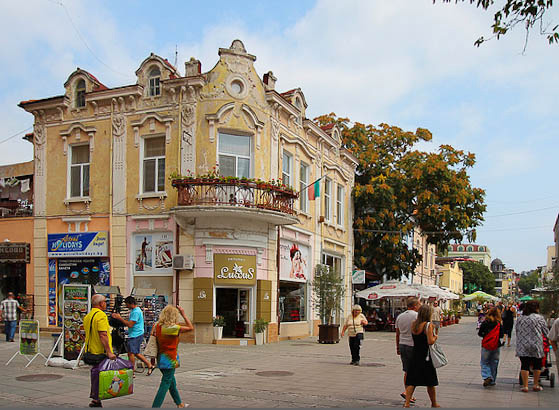
A main street in Bourgas
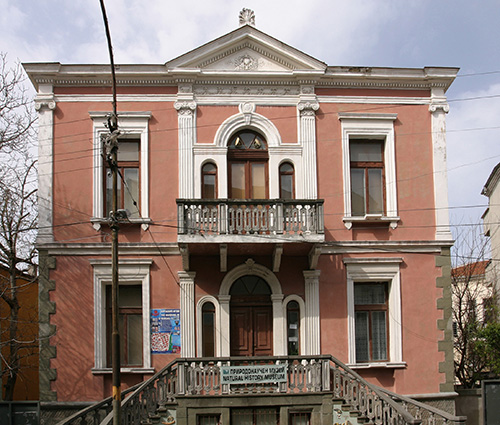
Natural History Museum, Bourgas
The nearby city of Bourgas (sometimes spelt Burgas) is the largest port in Bulgaria and the centre of the fishing industry, Bourgas is the second largest city on the Black Sea coast and the fourth largest after Sofia, Plovdiv and Varna. Bourgas is a lively city with pedestianised walk ways, interesting museums, churches, diverse shops and excellent restaurants.
You can walk in the Maritime Park – stretching adjacent to the sea and well laid out with flower beds, fountains and statues of historic figures as well as cafes. There are views out to sea from the terraces and a path to the beach.
For more serious retail therapy there are modern shopping malls located outside the city centre. Here you can you can brouse in air conditioned comfort and shop at the international designer stores.
http://wikitravel.org/en/Burgas
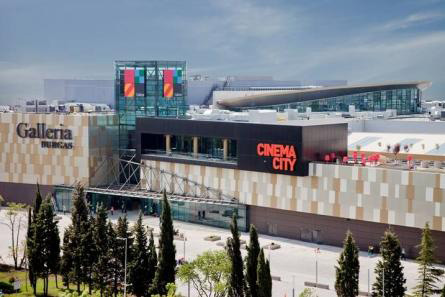
Shopping Mall Bourgas
Poda Protected Area
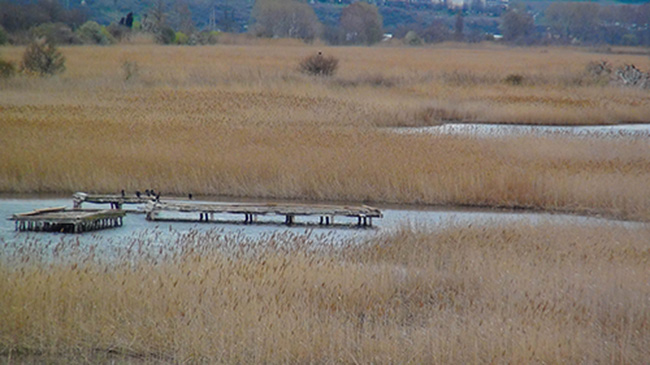
View from Poda bird watching platform
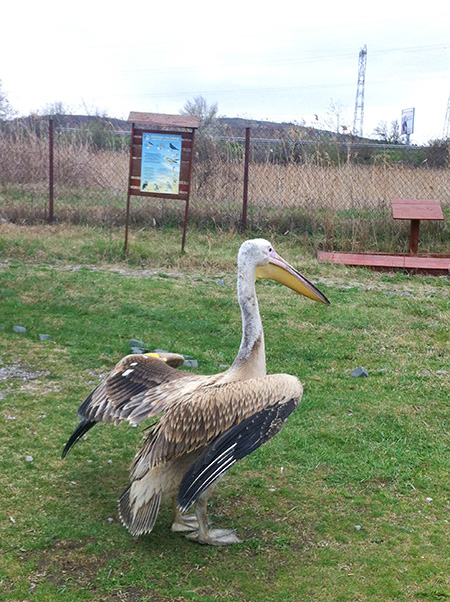
Pelican rehabilitating before being released
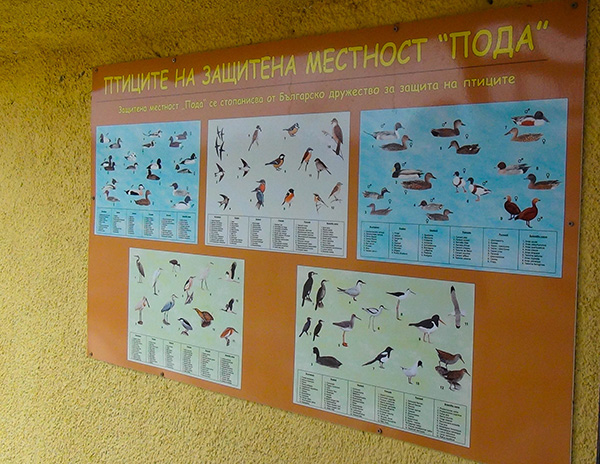
A wide variety of birds visit the Poda reserve
The city of Burgas is surrounded by the Black Sea and three lakes - Mandra, Vaja and Atanassowsko. Together with the Poda protected area they form a huge wetland area, vitally important as a resting station for many birds using the East European migration route known as the Via Ponticum.
Specially designed for its purposes, the centre has three large terraces as viewpoints for birds.
The preserve’s square kilometer of protected area is one of the richest ornithological areas in Europe, providing a habitat for 265 bird species. As well as many waders, gulls and terns there are also rare and threatened species such as Pygmy cormorants, Dalmation pelicans and Red-breasted geese which may be seen feeding here.
The Poda Nature Preserve is open to visitors year-round. There is also a covered enclosure, so that visitors can observe the birds regardless of the weather.
On the left side of the highway to Sozopol, 4 kilometres south of Burgas,
Open 8.30 – 17.30 every day
Ropotamo Nature Reserve
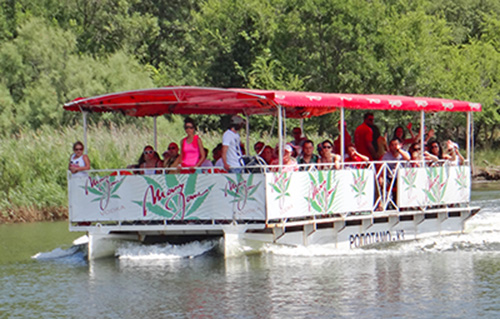
Ropotamo River Trip
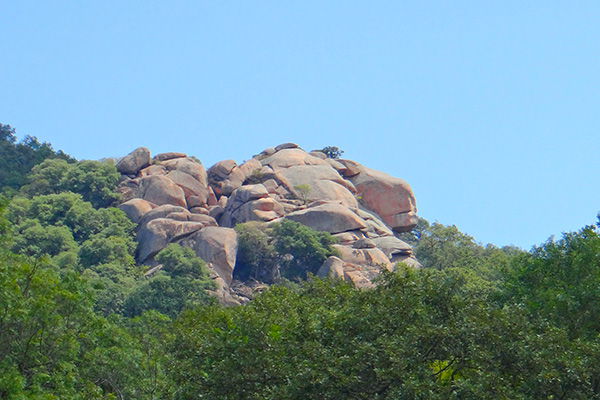
Lion rock formation
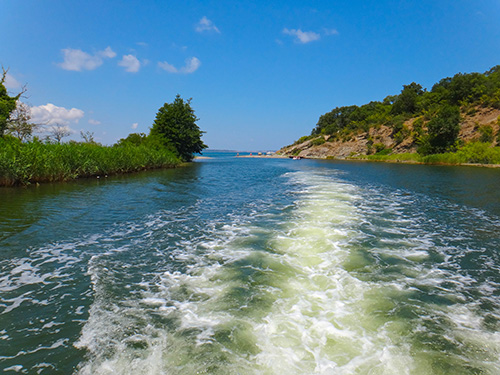
Lion rock formation
Ropotamo Nature Reserve River Trips - In 1940 the lower sections of the Ropotamo River was designated a protected area. Flowing from the Strandzha mountain the river is a tourist attraction due to its outstanding natural beauty and of partiucular interest are the water lilies and the boulder formations above the river, on which white tailed eagles nest.
The 60 minute river trip will show the picturesque shores, including interesting rock formations. flowing from the Strandzha mountains The river leads into the Black Sea at Snake Island beach.
Animals found this is protected area include wild boar, roe deer, red deer, jackal, fox, marten, otter, over 10 species of bats, 260 species of birds including birds of prey and white stork, sea eagles and flycatchers, herons, ducks, pygmy cormorant to name a few. Also 23 species of amphibians and reptiles including the Greek tortoises, Hermanns Tortoise and pond turtles, Whip snakes, leopard snakes, Large Whip, water snakes.
There are also more than 50 species of fish including Danube bleak, mullet, rainbow fish, round foby, Causician goby, stickleback as well as many others.
http://www.primorsko-tsarevo.com/Bulgaria/ropotamo.htm
Beglik Tash Thracian Sanctuary
Near Primorsko the Thracian sanctuary Beglik Tash was only revealed in 2003. It is a natural occurance of huge magaliths which have been arranged and carved by a Thracian tribe and used for religious ceremonies. There are traces of ancient carvings and a Thracian sun clock is formed from huge stones.
http://en.wikipedia.org/wiki/Beglik_Tash
http://bulgariatravel.org/en/object/323/beglik_tash_observatoriya
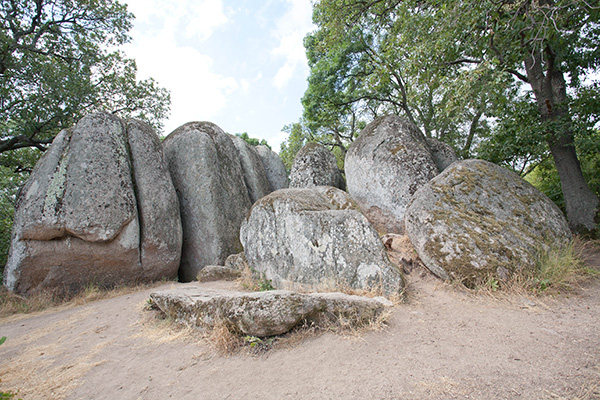
Beglik Tash remains
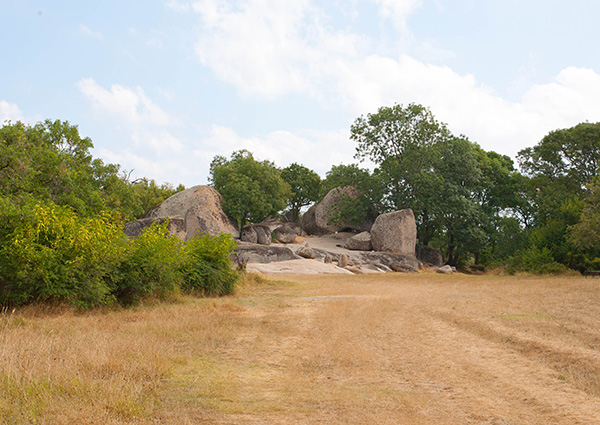
Beglik Tash Thracian sanctuary